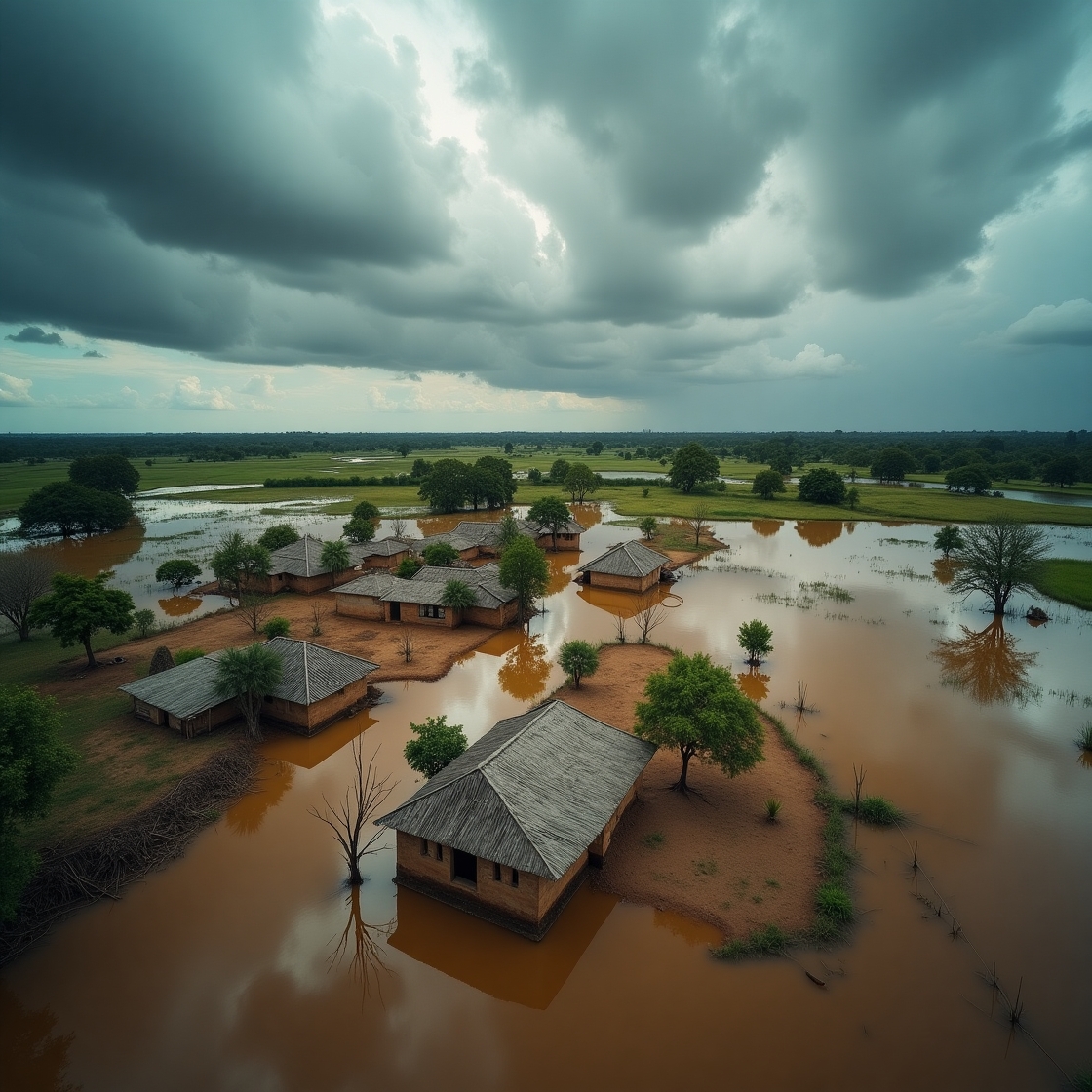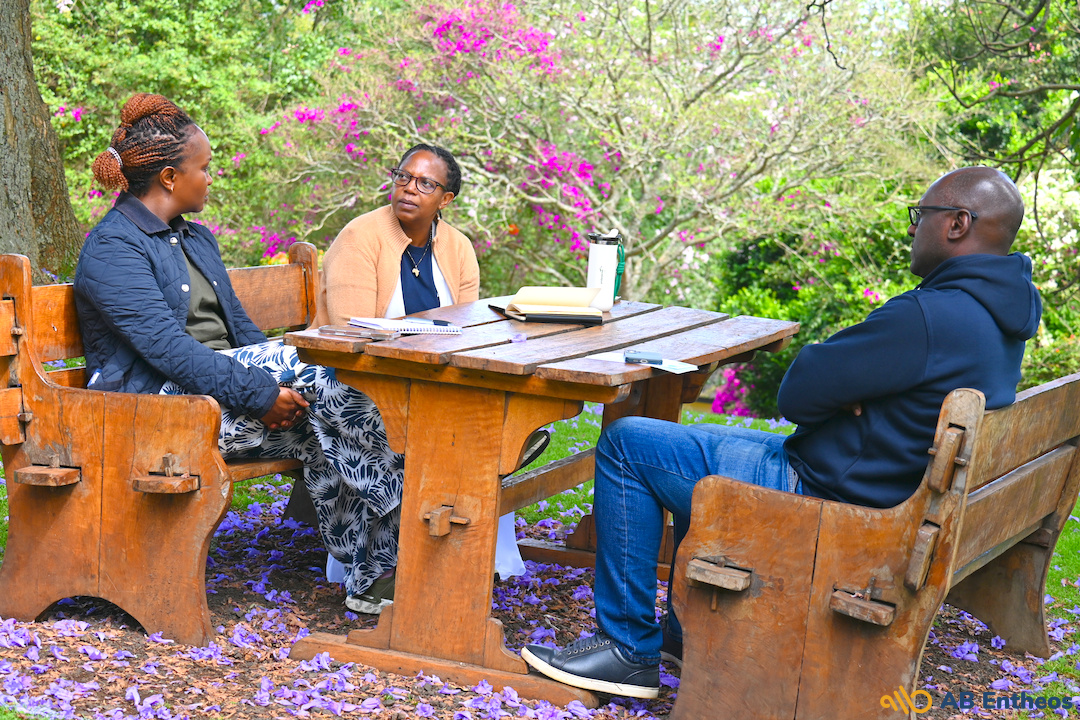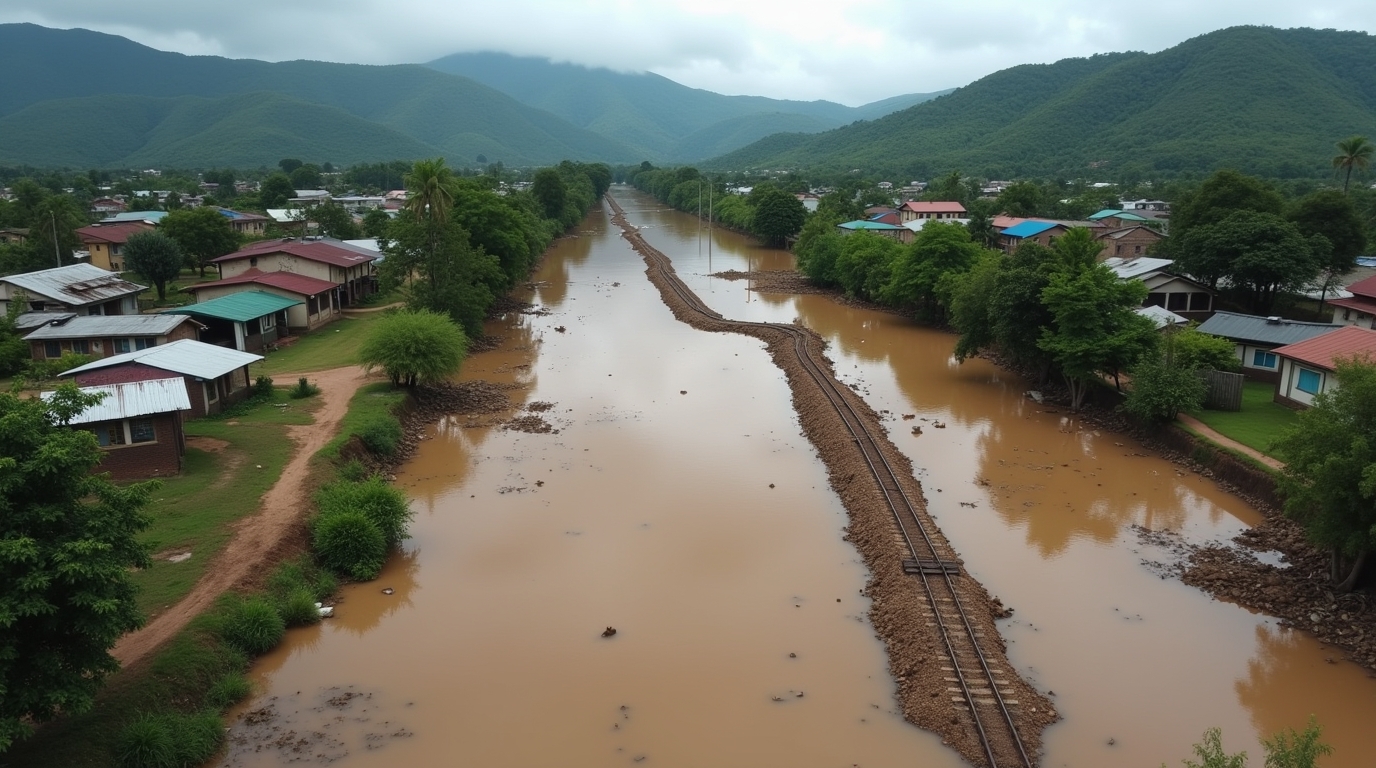THE TRANSFORMATIVE ROLE OF RESEARCH IN CLIMATE RISK INSURANCE
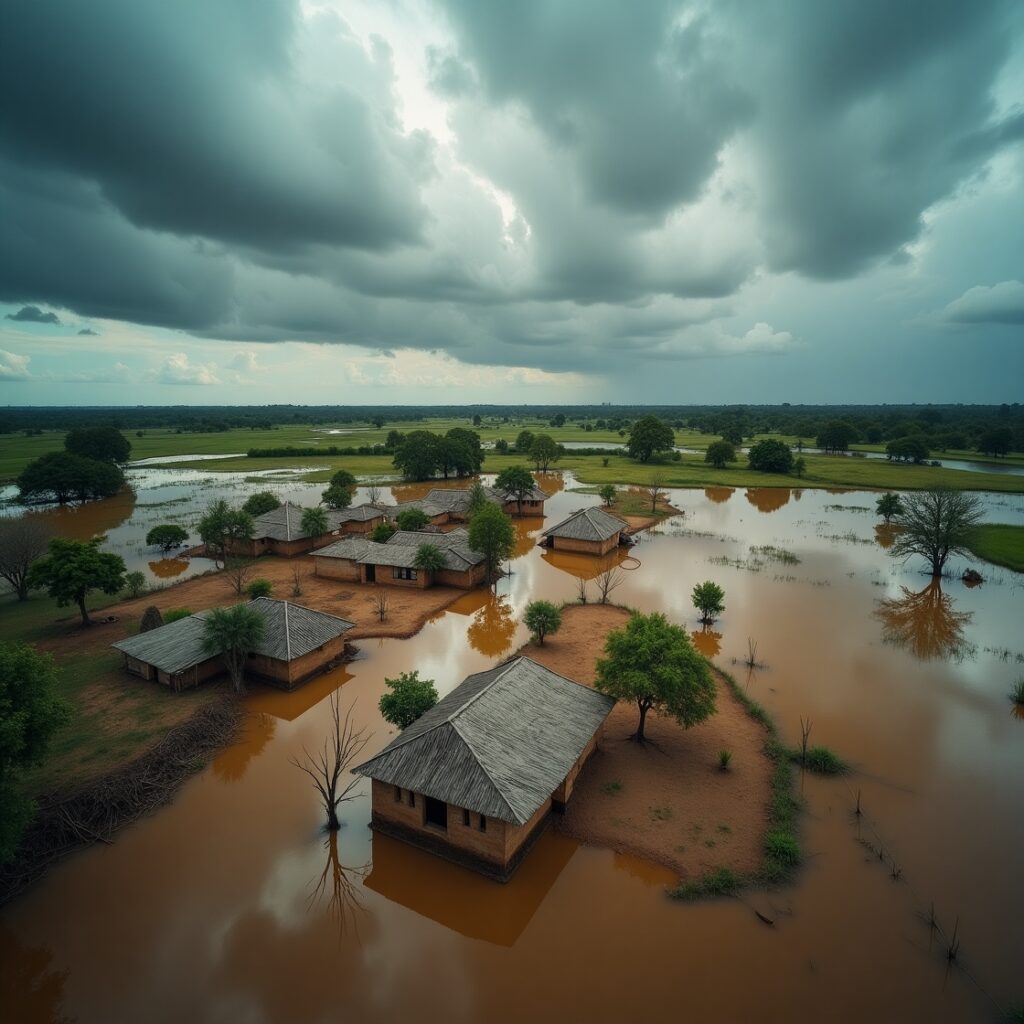
(AI-generated image for illustration purposes)
“If climate risks are not effectively tackled, they could push up to 130 million people into poverty by 2030.” – World Bank
Climate risks have become an increasingly pressing challenge, with climate-related disasters occurring more frequently and taking the form of extreme weather events such as floods, droughts and heatwaves. These events have far-reaching impacts, affecting the environment, human health and the economy. Consequences include the loss of biodiversity, collapse of ecosystems, destruction of physical infrastructure, displacement of communities and a rise in diseases and epidemics.
The economic and social impacts of climate risks can be significant. According to the United Nations Office for Disaster Risk Reduction (UNDRR), the average annual economic loss between 2015 and 2021 due to climate disasters is estimated to be $330 billion; the actual cost is likely much higher. In addition, the World Bank warns that if climate risks are not effectively tackled, they could push up to 130 million people into poverty by 2030.
Against this backdrop, climate risk insurance has become an increasingly important tool for building resilience, particularly in developing countries. These nations disproportionately bear the brunt of climate-related risks and hazards due to limited resources, fragile infrastructure and inadequate social safety nets. Additionally, rapid urbanization, widespread poverty, and population pressures further amplify their vulnerability to the impacts of climate risks.
The role of research in expanding access
“More than USD 108,000 in claim payouts were made to households affected by floods in Tana River County in 2023.”
Research has played a foundational role in making climate risk insurance more accessible. This includes using research to drive innovation in developing countries where data scarcity, affordability, and low insurance literacy are common barriers. By identifying vulnerable populations, mapping exposure to climate hazards, and evaluating protection gaps, insurers and policymakers can design more targeted and informed inclusive solutions.

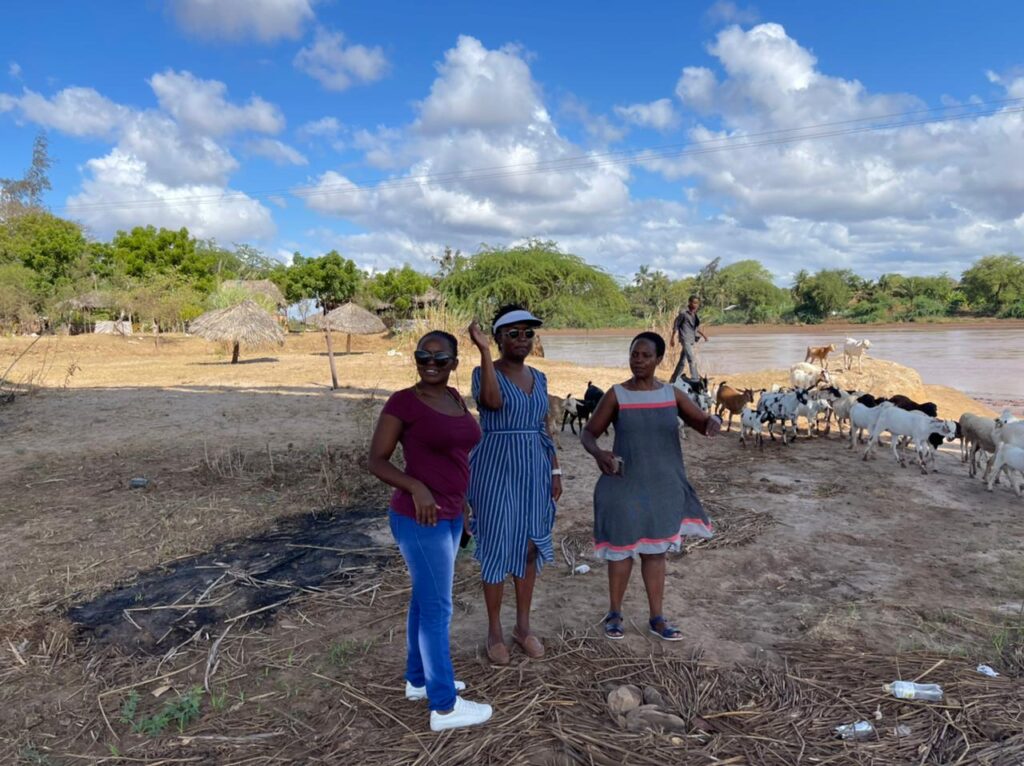
Garissa, Kenya. (2022)
AB Entheos team during a field visit along the Tana River in as part of a feasibility study for an index-based flood insurance solution supported by FSD Africa
In Kenya, for example , AB Entheos provided technical support to Britam to design an index-based launched flood insurance solution for households in Tana River. The project which was funded by FSD Africa resulted in more than USD 108,000 in claim payouts to households affected by floods in Tana River County in 2023. Such innovations help to bridge the protection gap by offering tailored coverage to communities historically excluded from conventional insurance markets. Grounded in research and local risk data, these products are designed to reflect the specific hazards faced by communities. As a result, the products are relevant, affordable, and provide quicker recovery after disaster events.
Research informs product design and uptake
“Trust, understanding of insurance principles, and the timing of enrollment all influence uptake.”
Beyond risk profiling, research has significantly influenced how insurance products are designed and delivered. Behavioural studies have shown that trust, understanding of insurance principles, and the timing of enrollment all influence uptake, especially among low-income or rural populations. This has led to the development of simplified, bundled products that combine insurance with credit, savings or agricultural inputs, increasing perceived value and reducing entry barriers.
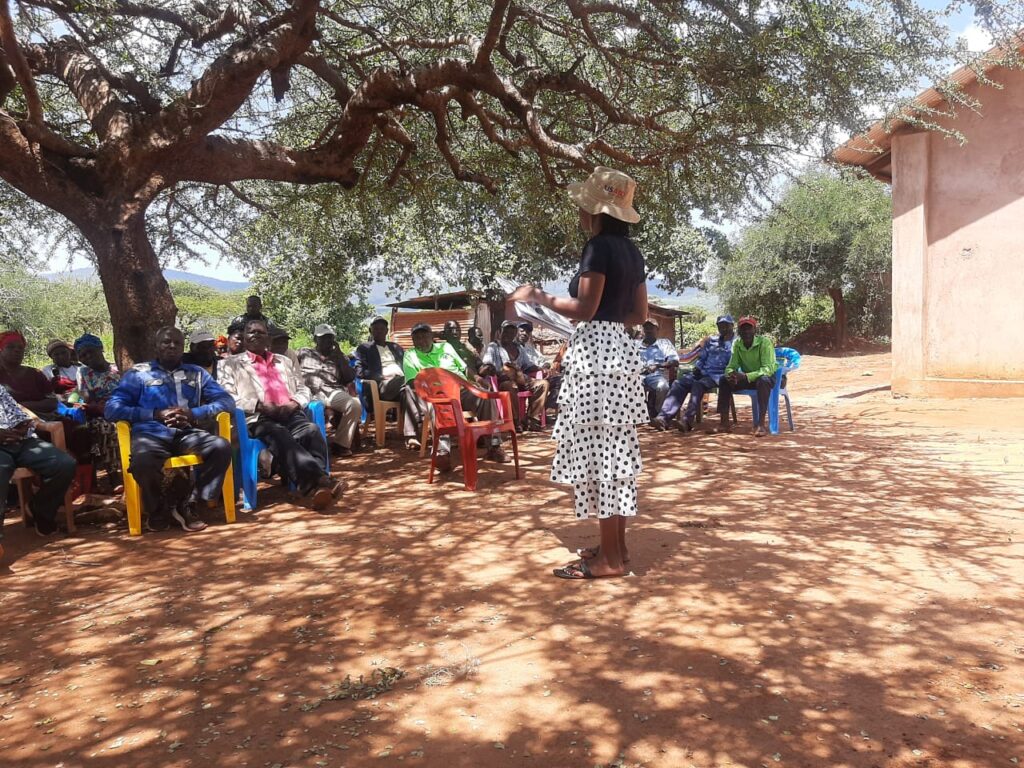
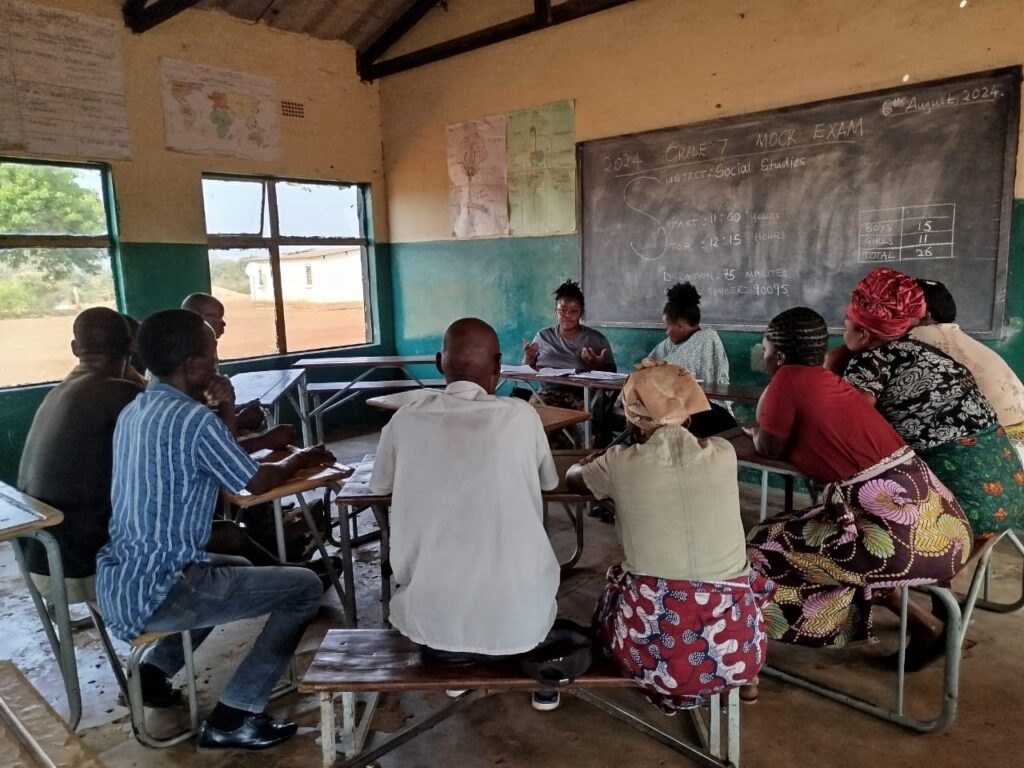
Research-backed designs promote understanding and uptake of climate insurance solutions.
January 2024-Taita Taveta
Programmes like the R4 Rural Resilience Initiative, led by the World Food Programme and Oxfam, exemplify the potential of research-backed interventions. For instance, bundling insurance with community savings groups or labour-for-premium schemes can increase uptake and sustainability. These insights are regularly applied to improve climate risk insurance products and delivery models, ensuring they are aligned with local contexts and community needs.
Research drives innovation through technology
“The Human-Wildlife Conflict (HWC) insurance scheme in Kenya has been fully digitalised to provide an end-to-end solution.”
Research is also at the core of technological innovation in climate insurance. Through satellite imagery, remote sensing, advanced data modelling, artificial intelligence and machine learning, insurers can now offer products in previously uninsurable areas. They can predict climate-related risks with greater precision. Real-time monitoring systems, such as rainfall and soil moisture sensors, enhance the precision and responsiveness of insurance triggers.
These advances support parametric and index-based models, which provide rapid, transparent payouts based on predefined thresholds. Critically, these tools are also highly scalable, allowing insurers to expand coverage efficiently across diverse geographies and risk profiles, strengthening resilience where it is needed most.
Digital platforms, another product of applied research, are now being used for everything from client onboarding and premium payments to automated claims processing. These platforms reduce operational costs and increase transparency and trust among users. One example is the Human-Wildlife Conflict (HWC) insurance scheme in Kenya, which has been fully digitalised to provide an end-to-end solution, from claims reporting to verification and payout. By using mobile technology and digital tracking tools, the scheme ensures faster, more transparent compensation to affected communities, particularly in remote areas where human-wildlife encounters are most frequent.
Research shapes policy and institutional frameworks
“Governments are increasingly using evidence generated by research institutions to incorporate insurance into national climate adaptation strategies.”
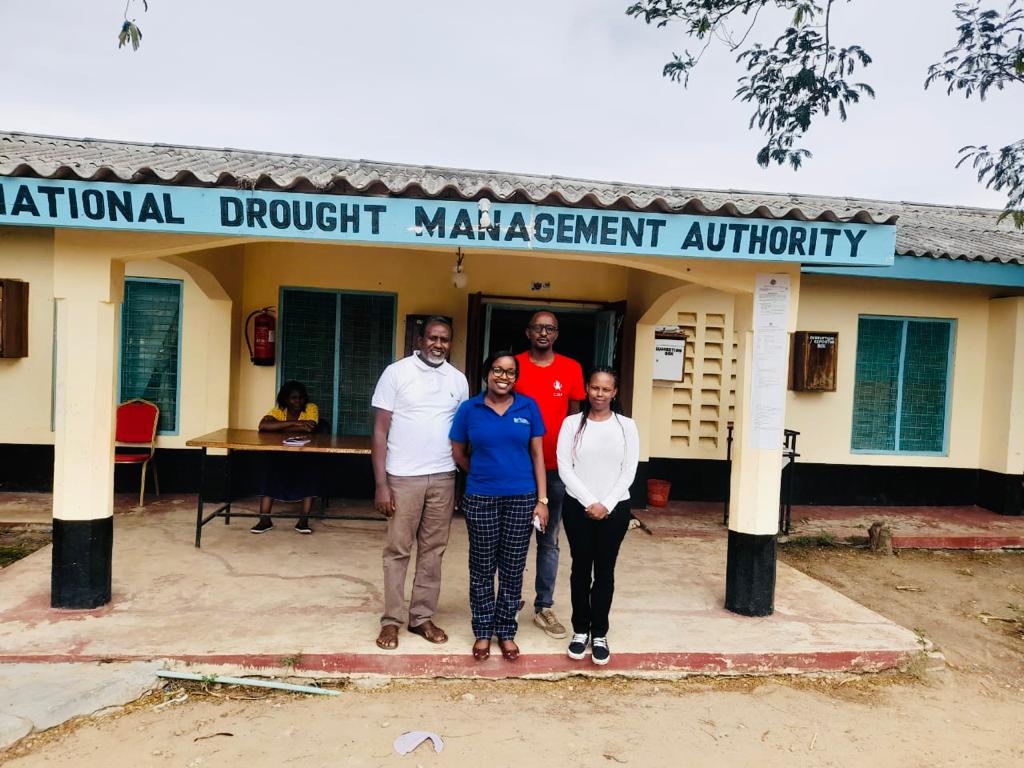
May 2023-Tana River
In addition to product-level innovation, research has informed broader policy and institutional frameworks. Governments are increasingly using evidence generated by research institutions and development partners to incorporate insurance into national climate adaptation strategies and disaster risk financing mechanisms. For example, insights from India have informed large-scale programmes, such as the Pradhan Mantri Fasal Bima Yojana scheme. The scheme integrates satellite imagery with individual farmer risk assessments to offer insurance protection and financial assistance when designated crops fail due to natural disasters, pest infestations or disease outbreaks.
Moreover, research has also spurred the formation of regional and global knowledge platforms. Institutions such as the World Bank’s Global Facility for Disaster Reduction and Recovery (GFDRR), Durham University’s Hazard and Resilience Research Group, and regional alliances like African Risk Capacity (ARC) and Disaster Risk Insurance and Finance in Central America (DRIFCA) have played pivotal roles. Through applied research, these institutions validate payout triggers, model climate hazards, assess institutional readiness and test delivery systems in real-world conditions.
Their insights have informed policy dialogues, shaped subsidy frameworks and strengthened the operational foundations for public-private insurance schemes.
More is still expected from research
“Unlocking the full potential of climate risk insurance requires deeper, context-specific and inclusive research.”
While research has played a pivotal role in shaping innovations and expanding access to climate risk insurance, it is evident that much more remains to be done. Many promising solutions, such as parametric models, bundled services and digital delivery systems, are still largely limited to pilot projects, specific geographies or donor-supported programmes. As a result, the transformative potential of climate insurance remains underutilised, particularly among the most vulnerable populations who face the highest risks, yet face significant barriers to protection.
Unlocking the full potential of climate risk insurance requires deeper, context-specific and inclusive research that goes beyond product design to address structural barriers in data, distribution, affordability and awareness. Continued investment in interdisciplinary research linking climate science, economics, behavioural studies and digital innovation remains essential. Equally important is fostering collaboration among researchers, insurers, governments and communities to ensure solutions are not only technically sound but also scalable, sustainable and aligned with local realities.
Only through such a coordinated approach can climate risk insurance move from being a niche financial instrument to a mainstream pillar of global resilience-building and poverty reduction strategies.
Want to learn more about our work on research-led insurance innovation? Contact us at info@ab-entheos.co.ke or visit www.ab-entheos.co.ke.

(AI-generated image)

Author: Rahab Nyamoita
AB Entheos Project Assistant
projects@ab-entheos.co.ke


